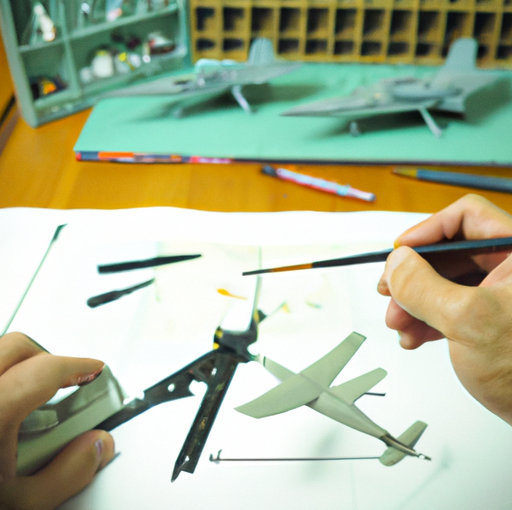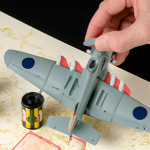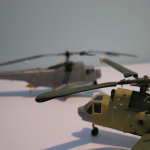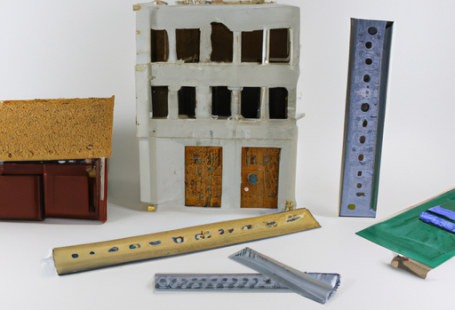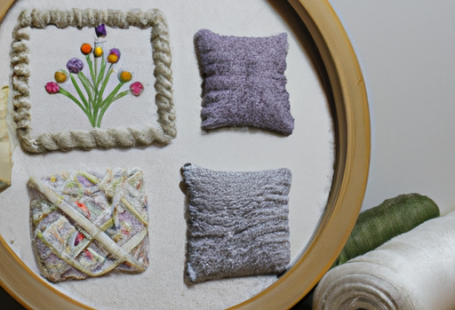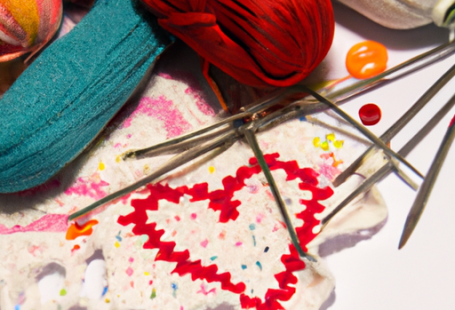Understanding Scale Model Basics
Getting started in the world of scale model building is a daunting task. To become proficient at creating scale models, it is important to understand the basics of the hobby. This includes learning about the different scales of models, the types of materials used, and how to use tools and supplies.
Scale models come in a variety of sizes, from 1/24th to 1/700th. The size of the model will determine the level of detail that can be achieved. Knowing which scale is best for the model you are building is an important factor in achieving success.
When it comes to materials, there are a few different options. Plastic is the most common material used for scale models, but there are also metal and resin-based models. Plastic models are the easiest to work with, but metal and resin models are often preferred as they are more durable and offer more detail. Additionally, some models require the use of putty or other fillers to fill in gaps or add details.
Tools and supplies are also essential for building scale models. The most important tools are clippers, tweezers, and a good hobby knife. These tools are used for cutting, shaping, and assembling parts. Other supplies such as glue, sandpaper, and paint will be needed for finishing details.
Improving Your Painting Techniques
Painting is one of the most important aspects of scale model building. It is important to understand the basics of painting such as color mixing, brush techniques, and airbrushing. Learning how to mix colors to achieve the desired effect is essential. It is also important to understand how different paints and finishes will affect the overall look of the model.
Brush techniques can make or break a model. Knowing how to properly use the brush, how much paint to apply, and how to achieve a smooth finish is essential. The same can be said for airbrushing, which requires a steady hand and the right airbrush. Understanding the basics of airbrushing is important for achieving a professional-looking finish.
Adding Finishing Touches and Details
Once the model is painted, it is time to add the finishing touches and details. This includes adding decals, weathering, and other details such as antennae, lights, and more. Decals are a great way to add realism to a model, and can be applied with a brush or airbrush. Weathering can also be applied to add realism, and can be done with paints or weathering powders.
Adding other details is also important for completing the look of the model. Antennae, lights, and other details can be made from a variety of materials such as wire, plastic, and wood. These details can be added with glue or soldering tools.
With a few tips and techniques, anyone can become an expert scale model builder. Understanding the basics of scale models, learning how to paint and weather, and adding details are all essential for creating a professional looking model. With a bit of practice and patience, anyone can create stunning scale models.
